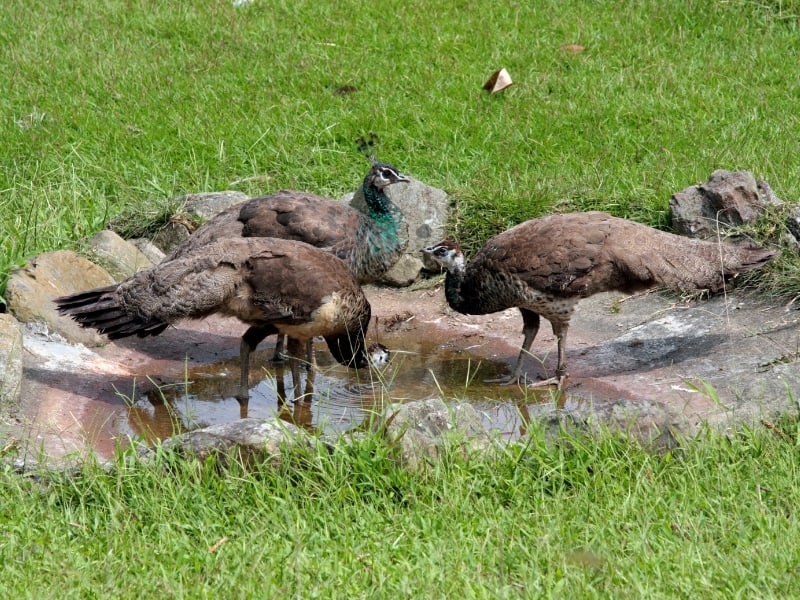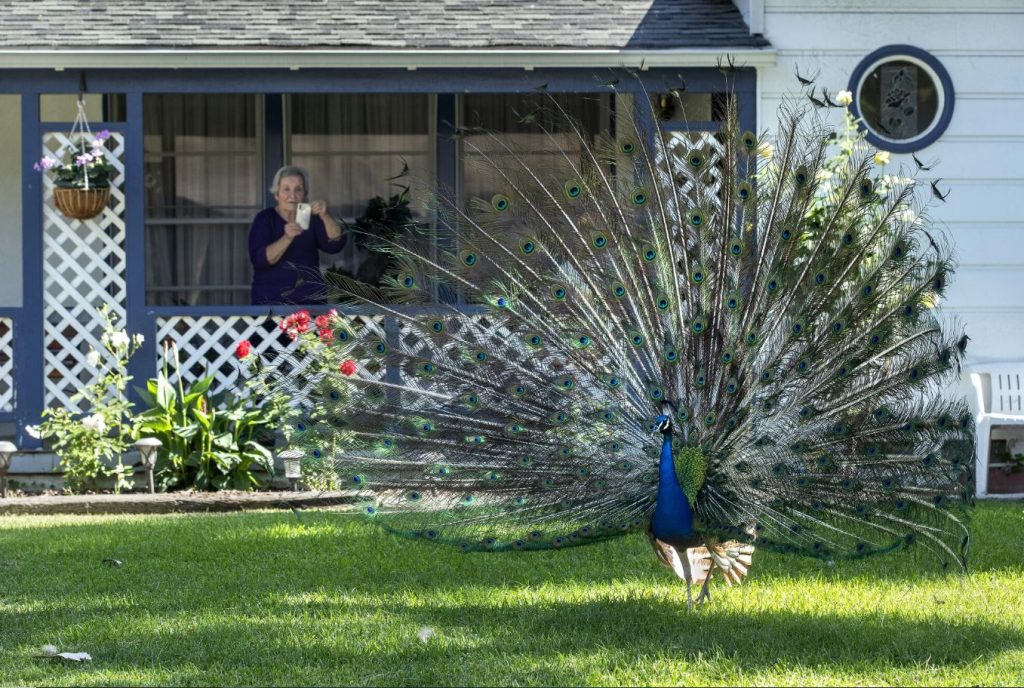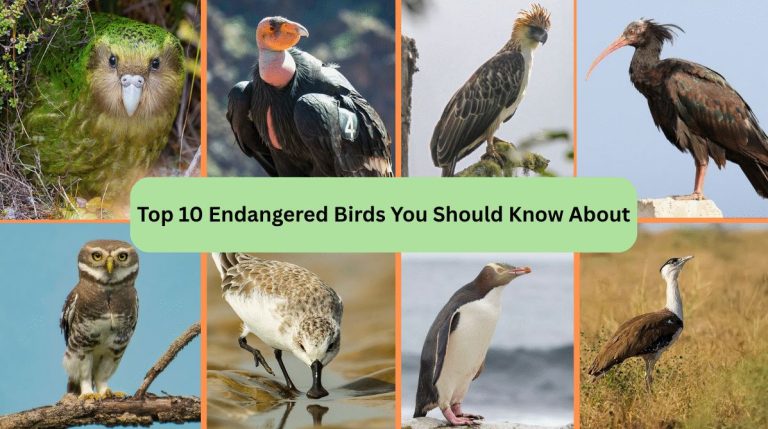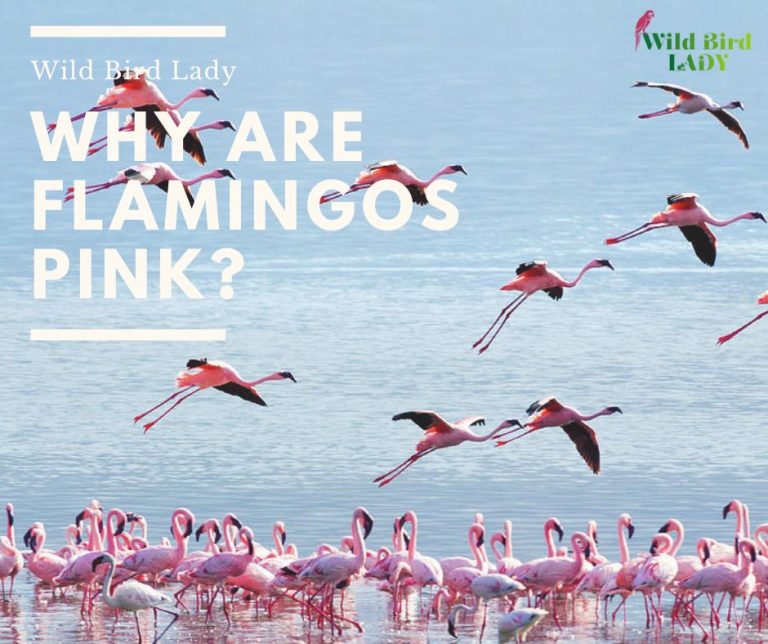What Is a Group of Peacocks Called? The Regal Term You’ve Likely Never Heard Of!
Peacocks are among the most dazzling and extravagant creatures in the bird world. With their iridescent plumage, elegant strut, and iconic tail fans, they command attention wherever they go. But beyond their beauty lies an intriguing question that many people have never considered: What is a group of peacocks called? The answer may surprise you—it’s not just a simple “flock” or “gathering.” In fact, it’s a term that sounds just as royal as the birds themselves.
In this article, we’ll explore the fascinating terminology, behaviors, symbolism, and cultural significance behind peacocks and their groups. We’ll also dive into some commonly asked questions about peafowl, including the difference between peacocks and peahens, their social structure, and even their role in mythology. So, let’s strut into the world of these majestic birds and uncover the regal term you’ve likely never heard of!
What Is a Group of Peacocks Called?
The official term for a group of peacocks is a “muster.”
But that’s not the only name you might hear. A group of peacocks can also be called a:
- Ostentation
- Party
- Bevy (less common)
Of all these, the term “ostentation” is the most delightfully appropriate. It captures the grandeur and dramatic presence of these birds in a single word. After all, what could better describe a cluster of vibrantly colored, attention-commanding birds than “an ostentation of peacocks”?
✅ Quick Answer for Google Snippets:
A group of peacocks is called a muster, but can also be referred to as an ostentation, party, or bevy. The term “ostentation” reflects their flashy and extravagant nature.
Why Are There So Many Names for a Group of Peacocks?
Collective nouns in English often have poetic or whimsical origins. The multiple terms for peacocks—like “ostentation” and “party”—are not scientific but stem from medieval English traditions, where colorful or humorous names were created to reflect animal behaviors or appearances.
Other examples include:
- A murder of crows
- A parliament of owls
- A gaggle of geese
These collective nouns were cataloged in books like The Book of Saint Albans (1486), a hunting and hawking manual written by Dame Juliana Berners. Many of these fanciful terms have persisted through the centuries, even if they are rarely used in everyday speech.
The Difference Between Peacocks, Peahens, and Peafowl
Before we go deeper into group behavior, it’s important to clarify the terminology:
- Peacock = Male
- Peahen = Female
- Peafowl = The species as a whole
So technically, when we ask “What is a group of peacocks called?”, we’re usually referring to a mixed group of males and females—making “peafowl” the more accurate term. Still, “peacock” is commonly used colloquially to refer to the whole species.
Peacock Social Behavior: Do They Travel in Groups?
Peacocks (more accurately, peafowl) are social birds but don’t always move in large flocks. Here’s how their social structure typically looks:
- Breeding Season: Males (peacocks) display their famous tail fans to attract females (peahens), often gathering in leks, or small groups where they compete for attention.
- Nesting Season: Peahens may separate to nest and raise chicks on their own.
- Non-Breeding Season: Peafowl may be seen in loose flocks, sometimes numbering 5–10 birds or more.
So while you won’t often see massive migrations of peafowl like you might with starlings or geese, it’s not uncommon to see a muster or ostentation of peacocks near food or water sources, especially in parks, forests, or temple grounds in their native range.
Where Do Peacocks Live?
There are three main species of peafowl:
- Indian Peafowl (Pavo cristatus):
The most iconic and widely recognized, known for their brilliant blue bodies and shimmering tail feathers. Native to India and Sri Lanka, but now found worldwide. - Green Peafowl (Pavo muticus):
Native to Southeast Asia. They have greenish necks and are more endangered due to habitat loss. - Congo Peafowl (Afropavo congensis):
Native to the Congo Basin in Africa. Much less colorful than its Asian cousins and still relatively mysterious to ornithologists.
Peafowl typically inhabit forests, grasslands, and agricultural areas, but in India and Southeast Asia, they’re also common around human dwellings, temples, and palaces.
Why Do Peacocks Have Such Dramatic Feathers?
The peacock’s showy tail feathers (called a “train”) are a classic example of sexual selection, a form of evolution where traits evolve to attract mates rather than for survival.
- A male’s display includes raising and fanning the tail, shaking it to make a rustling sound, and showing off the “eyespot” patterns.
- Research shows that peahens are more likely to choose males with symmetrical and brightly colored trains.
This elaborate behavior may seem impractical—after all, the large tail can make escape from predators more difficult—but the payoff in terms of reproductive success is huge.
Cultural and Symbolic Meaning of Peacocks
Peacocks have been revered across many cultures and religions:
🕉 Hinduism
The peacock is associated with Saraswati (goddess of wisdom) and Kartikeya (god of war), and is the national bird of India.
🕊 Christianity
It’s a symbol of resurrection and immortality, due to the belief that its flesh doesn’t decay.
☯ Buddhism
Represents compassion and the ability to thrive even in difficult conditions.
🏛 Ancient Greece and Rome
Linked to Hera (or Juno), the queen of the gods, who placed the eyes of her hundred-eyed servant Argus onto the bird’s tail.
With such rich symbolic weight, it’s no wonder that even the name of their group—“ostentation”—echoes their mythological grandeur.
Fun Facts About Peacocks and Their Groups
- 🦚 A male’s tail can grow up to 6 feet long and make up 60% of his body length.
- 🐣 Baby peafowl are called chicks, and they grow quickly under the care of their mothers.
- 🧠 Peafowl are surprisingly intelligent and can recognize faces and even solve simple puzzles.
- 🗣 Peacocks are loud, especially during mating season. Their calls can be heard over a mile away.
- 🧬 The green and blue feathers are not due to pigment, but structural coloration—microscopic crystal-like structures that reflect light.
Where Can You See a Group of Peacocks in the Wild?
While peacocks are native to parts of Asia and Africa, you can find them in various places around the world today:
✅ In the Wild:
- India’s forests and villages
- Sri Lanka’s national parks
- Myanmar, Thailand, and Cambodia
✅ In the Semi-Wild:
- Temple grounds in Southeast Asia
- Palace gardens in India
- Protected parks and reserves
✅ In Captivity:
- Zoos
- Botanical gardens
- Private estates and farms
In many of these places, you’ll often see a small muster or ostentation of peafowl foraging together or perching on rooftops.
Frequently Asked Questions (FAQ)
❓ What is a group of peacocks called?
A group of peacocks is called a muster, ostentation, party, or bevy.
❓ What is a baby peacock called?
A baby peacock is called a chick. As they mature, males are called peacocks and females peahens.
❓ What is the difference between a peacock and a peafowl?
Peacock refers specifically to the male. Peafowl is the general term for the species, including both males and females.
❓ Are peacocks aggressive?
Peacocks are usually not aggressive to humans, but males may become territorial during mating season.
❓ Do peacocks fly?
Yes, despite their size and long tails, peacocks are capable of short bursts of flight—especially to escape danger or reach roosting spots in trees.
Final Thoughts: More Than Just a Pretty Plumage
Peacocks are not just pretty birds—they are living works of art, wrapped in myth, cultural significance, and evolutionary mystery. And fittingly, a group of peacocks is called an “ostentation,” a term as lavish and flamboyant as the birds themselves.
The next time you see these magnificent birds gathered together, whether in a sanctuary, a palace garden, or a forest clearing, you’ll know exactly what to call them—and why the term suits them perfectly.
Read Also: What Is a Group of Swans Called? (And Other Fascinating Swan Facts!)









